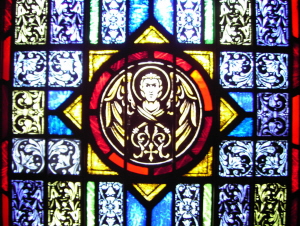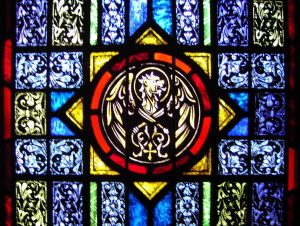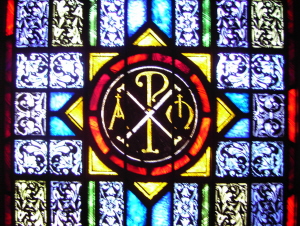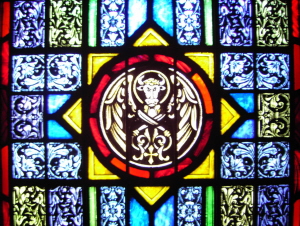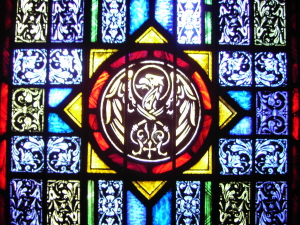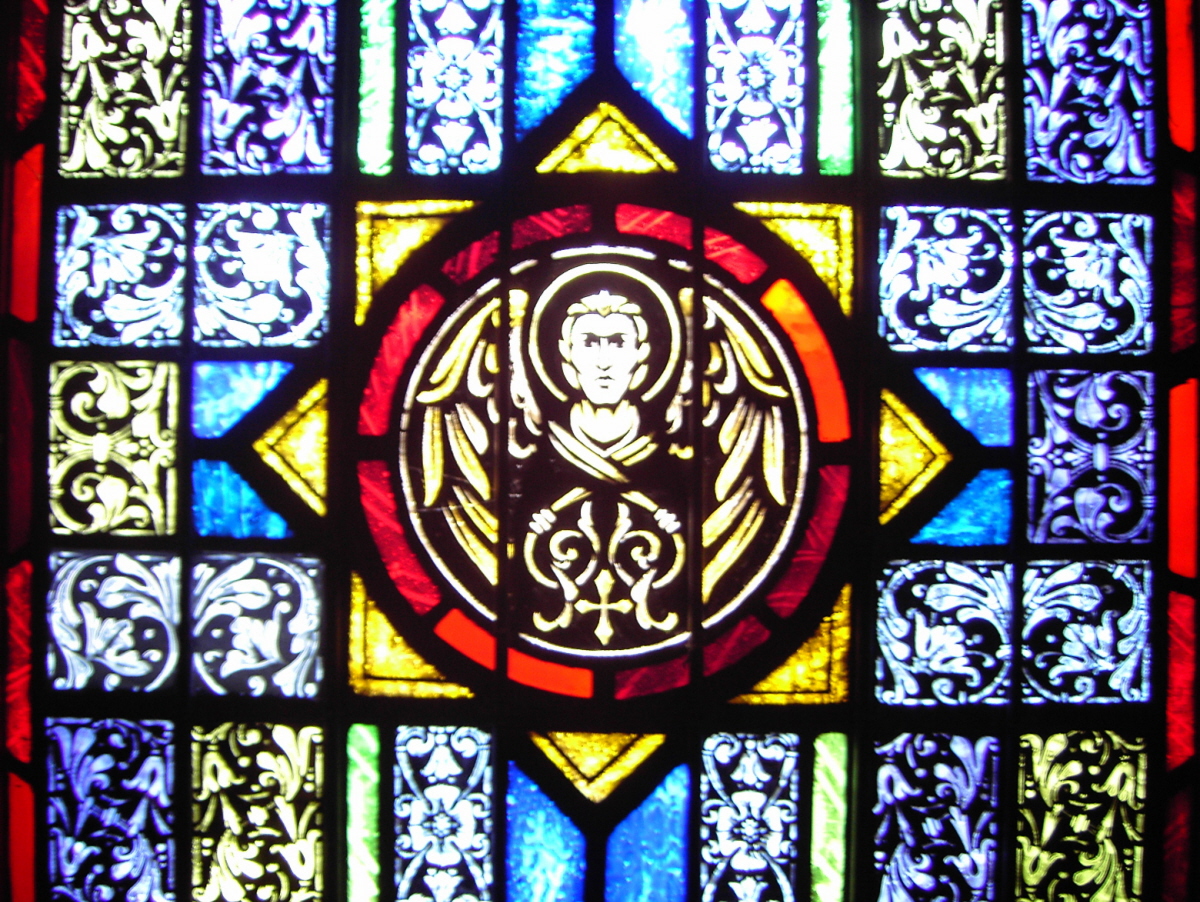
Matthew, Mark and Luke are known as the synoptic gospels. Syn meaning “alike” (as in “synonym”), optic meaning “view” (as in optical allusion or optometrist). The three synoptic gospels give a similar view of Jesus, a little distinctive from St. John’s fourth (and last) gospel. One recognizable difference is that St. John’s gospel doesn’t have pure parables, as the other three have.
What you will find as you read and pray through the other three gospels, however, is that what each saint is communicating about Jesus is very different. And that’s a good thing. Those differences should make us feel even better about the Gospel – if they were too similar, many would think it was all just “copying” and that, perhaps, only one person really thought these things.
The four Gospel authors come from different backgrounds, wrote to different audiences, transcribed their gospels at different times and focused on different aspects of Jesus’ ministry, life and mission.
Many Biblical scholars spend their entire lives trying to prove that Mark was written after Matthew, or that there is another source (called “Q”) that was used (in addition to Mark) as a sort of “template” (outline) for both Matthew and Luke. And while those are some really interesting debates and conversations to get into someday, if you really want to, it’s probably far more important for you to focus on the here and now, as you read through the rest.
Here’s a little BACKGROUND on each, to help you on your way.
Mark and Luke were not part of the original twelve.
Mark was a young disciple of Jesus’, traveled with St. Paul (Acts 12:25) and was close with St. Peter (1 Pet. 5:13).
Luke was a physician who spent a great deal of time with St. Paul. (Col 4:14, Phl. 1:24 and 2 Tim. 4:11). Luke also wrote the Acts of the Apostles.
Audience
Matthew is writing to Jewish Christians of Palestine.Possibly originally written in Hebrew (i.e., the Aramaic dialect), and afterwards translated into Greek, either by Matthew himself or by some person unknown. Though Matthew wrote mainly for the Jews, most were familiar with the Greek language.
We know this because there are no allusions
to Jewish Law, or references to Jewish culture like there are in the other Gospels. This
Gospel was written primarily for a group of people who did not know Christ first hand.
Luke is writing to all non-Jewish readers, but especially Greeks who know very little about the Jewish faith.
We know this because he translates all the Hebrew and Aramaic terms into Greek as well as explaining the Jewish Laws, customs and geography. It’s also important to remember that the Greeks admired human perfection and so Luke often shows Jesus as the perfect answer to their quest…the IDEAL.
John is writing to the early Church, close to the end of the First Century.
This Gospel had a much more universal audience (not necessarily for a particular group of people) than the other Gospels.
<~~~ about the image: "Carpet Pages" were purely decorative, and were so named for their resemblance to eastern carpets. This carpet page from Folio 27v of the Book of Kells depicts the symbols for the four evangelists: Matthew the Man Mark the Lion Luke the Calf (or Bull) John the Eagle (derived from the vision of Ezekiel)
Datelines
Matthew - written before the destruction of Jerusalem (Matt. 24) which was in 70AD, and some time after the events it records. The probability is that it was written between the years A.D. 60 and 65.Mark - Just before or just after the destruction of the Temple in 70 A.D., probably about 63 AD.
Luke - It was more than likely written between the years 80-90.
John - Around 90-95 AD, there is great evidence to support this dateline.
Central Themes
Matthew - The central theme is Christ the Messiah and King came to establish a Church.Mark - The central theme is on action and service, more than teaching.
Luke - The central theme is liberation and healing
John - The central theme is the identity of Jesus, the reality of the Sacramental Church
My hope and prayer is that you would read and pray all four, taking your time as you do. And once you finish with St. John, go back and begin through St. Matthew’s again. You can spend the rest of your life in just the four gospels and they will ever get stale, that’s the beauty (and depth) of God’s work.
Source: The Bible Geek over @ Holy Spirit Interactive Youth
Re-post from 5-29-2008


